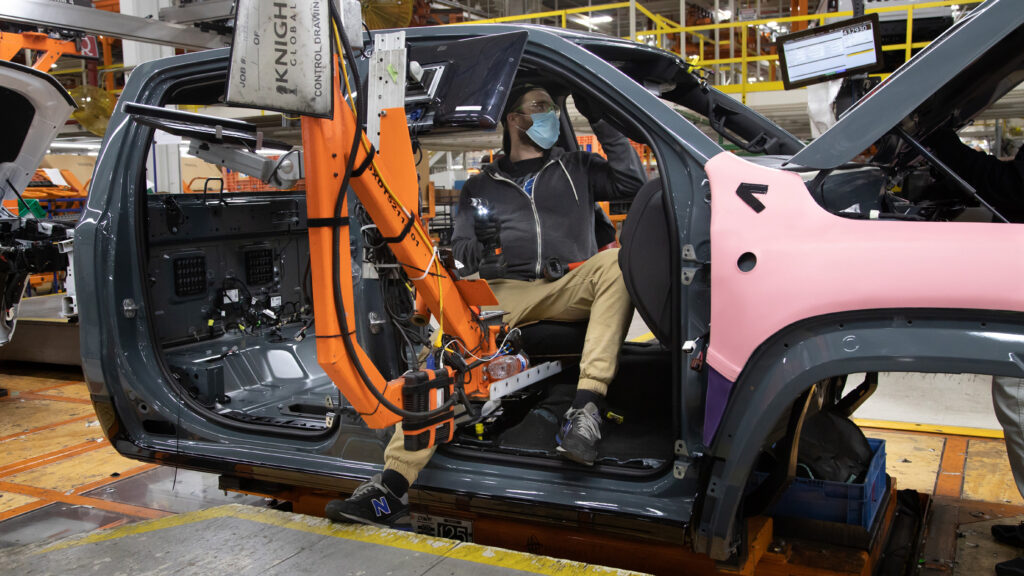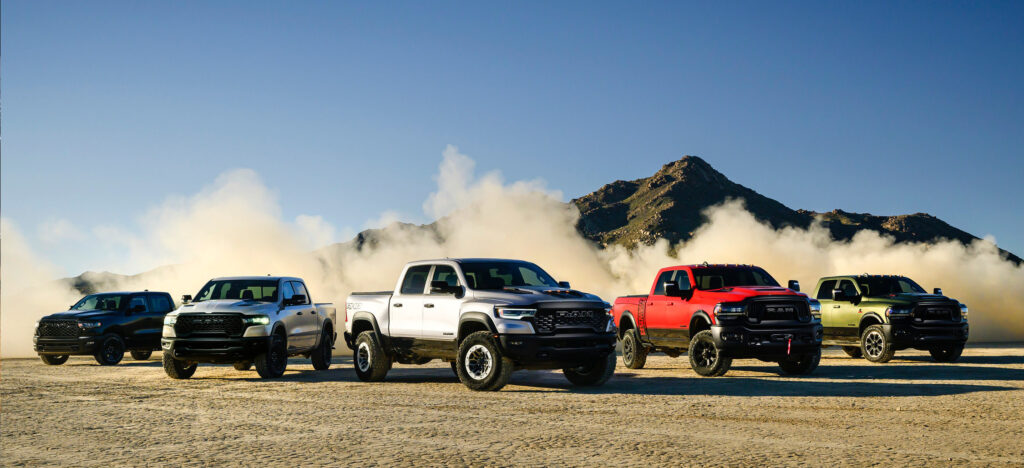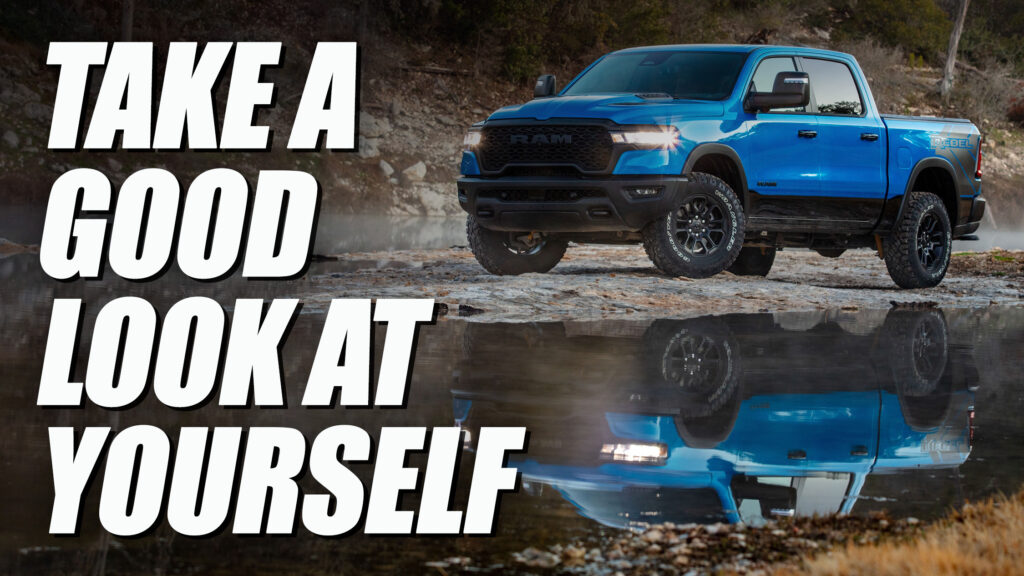- Too many US-built Stellantis products, including the new Ram 1500, need attention the moment they come off the production line, the firm’s CEO says.
- Carlos Tavares says the fixes required between Stellantis vehicles being built and sent out to dealers is slowing shipments and adding expense.
- Stellantis is looking for ways to get its business back on track after profits fell almost 50 percent in the first half of 2024.
Stellantis CEO Carlos Tavares is fuming about production-line quality gremlins that he says are holding up deliveries of US-built vehicles and adding unnecessary costs that the company can’t afford.
The engineer-turned-suit said that the need to fix problems on model like the RAM 1500 the minute they come off the production line and before they can be dispatched both slows delivery times and increases overall production costs. And that’s not his only concern about post-build repairs.
POLL: Which Brands Should Stellantis Put To Rest?
“The third impact is that it may create other quality issues if you don’t do it well,” Auto News reports Tavares telling journalists. “When you are making a repair outside of the main line, you can always fix what you have to fix but create another problem.”
Automakers keep tally of the number of vehicles that leave the line needing no work, calling this the ‘direct run rate,’ and Tavares says his factories’ rates need work.
“The direct run rate of some of our plants, starting with SHAP [Sterling Heights, Michigan, home of the RAM 1500] is not good,” the ex-Renault man claimed. And that is something that we need to fix with our plant management team.”

Tavares was speaking to reporters after Stellantis announced a grim set of half year financial results that showed profit had fallen by 48 percent in the first six months of 2024.
The automaker put most of the blame for that on its disappointing performance in the US market, where sales dropped by 16 percent despite other automakers reporting strong results for the same period.
Stellantis dealers had previously complained to the company about prices that were too high and not being able to get enough in-demand models despite the firm’s brands holding more inventory than any rivals.
Tavares said that price cuts weren’t out of the question, but that they had to be paid for by cost reductions. He also warned that loss-making brands could be closed.
“If they don’t make money, we’ll shut them down,” Carlos Tavares told journalists. “We cannot afford to have brands that do not make money.”





